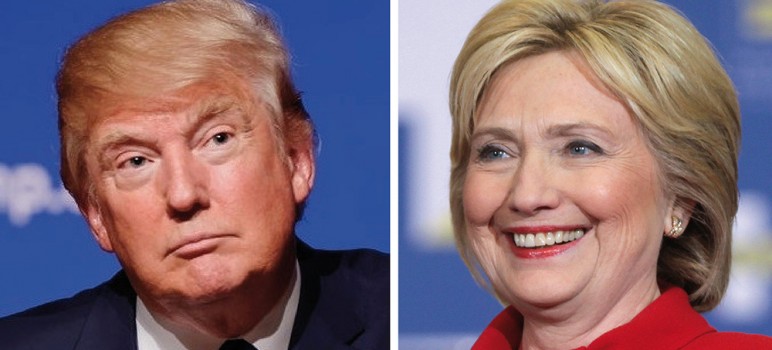Like the rest of the country, I watched most of the presidential primary debates and town halls for both parties with bated breath. But to my knowledge, no candidate in either party was asked important questions about education.
For me, there is no more important issue than the quality of publicly funded education from birth to age 18. I have formulated a few questions that I think would differentiate the general election candidates on an issue very much related to our national security: public education.
To Democratic nominee Hillary Clinton and Republican nominee Donald Trump, I would lay out these facts and questions:
- In the heart of Silicon Valley, the region that is driving the California, US and global economies, 30 percent of all jobs (in San Jose, the Capital of Silicon Valley) require skills in Science, Technology, Engineering and Math (STEM). Only 3 percent of Silicon Valley jobs are filled by Hispanics, yet Hispanics represent 50 percent of public school age children in San Jose. STEM jobs are the ticket to a middle class income. The CEOs of the major technology companies (Facebook, Apple, Google, etc.) in Silicon Valley have stated many times that a diverse professional workforce is in their economic interests.
As president, what steps would you take to change the trajectory of the number of Hispanics in STEM jobs, not only for Silicon Valley but the country as a whole?
- The latest report on the Program for International Studies (PISA) has the U.S. ranking for 15 year olds at 17th in Science, 25th in Math and 14th in Reading.
What would you do as president to get the U.S. back into the top five nations in science, math and reading in the next decade?
- According to brain research studies, the human brain is functionally developed (90 percent) by age 4. However, we do not officially begin formal education until age 5 in the U.S. Most families today, in all income strata, have both parents working outside the home. In 35 percent of American families there is only one parent to raise the child.
There is strong evidence that high quality early learning programs, especially for impoverished children, work to foster early brain development and go a long way to ameliorating the racial achievement gap. This gap has been an intractable problem in America for decades.
What would you do to promote high quality early learning programs?
- Thanks to President Lyndon Johnson’s signature Head Start legislation of 1965, the federal government plays a major role in early learning programs for families at the federal poverty level ($23,000 for a family of four). Only 50 percent of those that qualify in the U.S. under federal guidelines can enroll due to federal funding models. In 2015-16, the U.S. spent $10 billion on Head Start for 3 and 4 year olds. That compares with the $22.5 billion for 3 Zumwalt Class Navy Stealth destroyers.
Early learning programs pay $8 in return for every $1 invested, according to the President’s Council on Economic Advisors.
What would you do as president to expand early learning opportunities, knowing that high quality?
- No Child Left Behind (NCLB) led to a system of schools that emphasized tests in English-language arts and mathematics in order to compare schools. It also disaggregated scores on ethnic, gender and income levels. These data demonstrated that there was a significant achievement gap between the test performance of Asian/White and their Hispanic/African-American counterparts. This gap still exists today, 13 years after the first NCLB test was taken. And it has existed for over 40 years, giving rise to alternative systems, such as the growing number of charter schools in impoverished areas of the U.S.The emphasis on testing has led many district school systems, especially in poorer communities, reducing or totally abandoning the arts, music and elective classes. Instead they focus on the skills required to perform on the individual state tests.
Do you believe music and arts education are integral components of the American curricular offerings K-12? If so, what would you do to foster the reemergence of music and arts in our public schools today?
Summary
As a nation we have enormous work to do in order to improve education to a world-class level. Does the richest nation on earth, which spends $740 billion each year on a Department of Defense and Veterans’ Affairs budgets have the will to address the inequities that exist in the public school system for all its children?
This is an excerpt from chapter 1 of Joseph Di Salvos’s upcoming book, A Nation In Peril: An Educator’s Perspective.

